In pre-clinical models, the WATCHMAN FLX Pro device’s HEMOCOAT technology positively impacted the first stage of healing which led to a more controlled healing response and drove faster, more complete endothelialization while reducing the risk of DRT. These results could potentially simplify post-implant drug regimens.2
Healing process
Device thrombogenicity plays a critical role in the body’s natural healing response. The formation of excess thrombus may result in the development of device-related thrombus (DRT), a rare occurrence following left atrial appendage closure (LAAC), which may delay endothelialization or lead to an increased risk of stroke.1,2
Management of DRT remains clinically challenging as studies suggest that [reinitiating] oral anticoagulation therapy is effective in resolving DRT, however most patients referred for LAAC are not suitable candidates for intensified or prolonged anticoagulation due to bleeding risks.
WATCHMAN FLX Pro LAAC Device
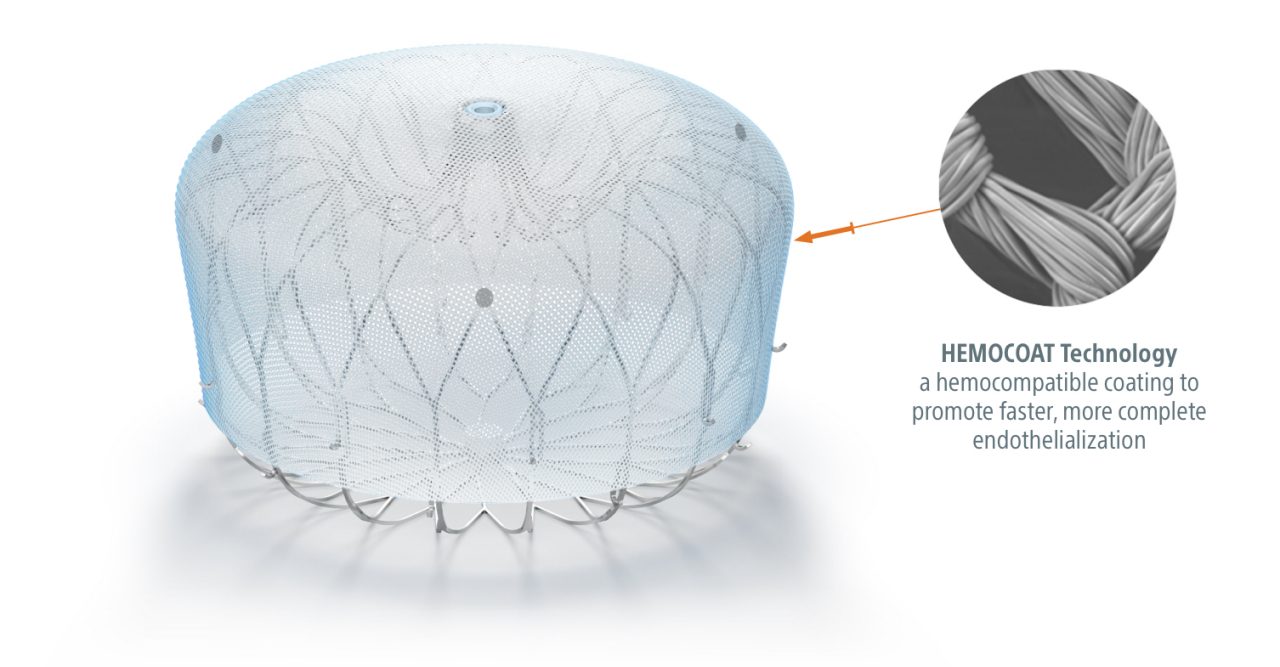
Introducing WATCHMAN FLX Pro, an enhanced LAAC device featuring HEMOCOAT technology with thromboresistant properties that may favorably modulate the healing response - allowing for faster, more complete endothelialization while potentially reducing the risk of DRT and enabling a simplified post-implant drug regimen.2
The five stages of healing
The body’s natural healing response to all permanent implants is represented through five distinct stages. As device thrombogenicity may impact the healing response, treatment strategies including anticoagulation and device modifications can be used to mitigate the intensity of the foreign body response.
The WATCHMAN FLX Pro device's HEMOCOAT technology alters the first stage of healing, through preferential [albumin] protein adsorption, resulting in less platelet activation, less inflammation, less thrombus and, in the end, a more controlled healing process.
Stage 1: Protein adsorption
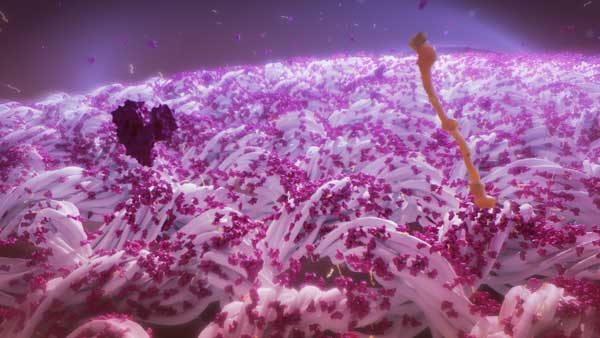
The first stage of the healing process is protein adsorption. Albumin, a passive protein lacking platelet binding receptors, and fibrinogen, a non-passive protein that does contain platelet binding receptors, are the most abundant proteins in the blood. These proteins immediately and completely cover the surface of the implanted device, triggering the foreign body response.
Stage 2: Platelet binding
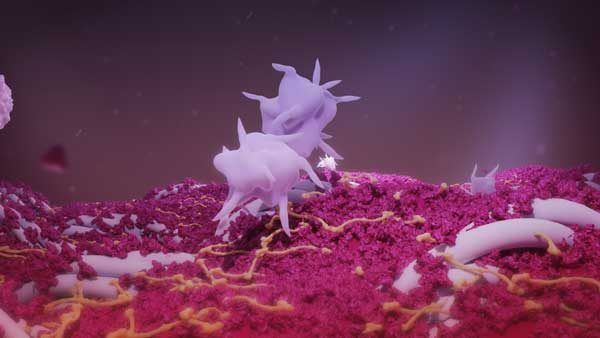
In the second stage, platelets are activated and begin to adhere to the device surface. The platelets bind to receptors located on the fibrinogen proteins, while giving off signals that recruit inflammatory cells to the implant surface.
Stage 3: Acute inflammation
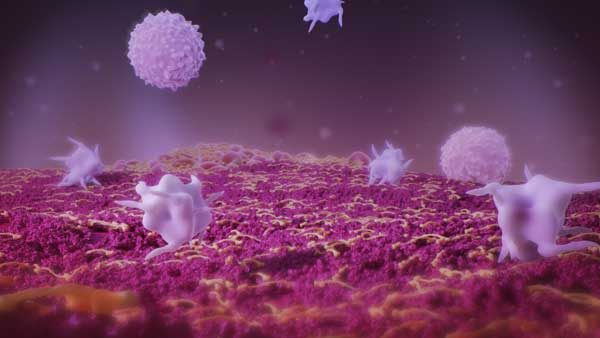
The inflammatory response is triggered in the third stage of healing as immune or inflammatory cells (i.e., neutrophils, macrophages, leukocytes, etc.) and additional platelets continue to collect on the surface of the device.
Stage 4: Thrombus formation & resolution
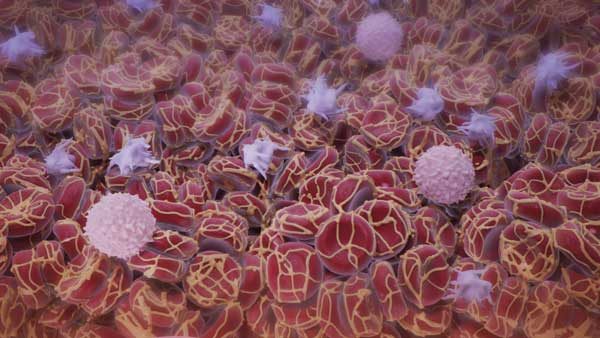
Thrombus begins to form during the fourth stage of healing as the preceding inflammatory response leads to the formation of an extracellular matrix consisting of platelets, immune cells, fibrin proteins and collagen deposition. The matrix collects additional platelets and red blood cells, eventually leading to the formation of a maturing thrombus layer on the device surface.
Stage 5: Complete healing (endothelialization)
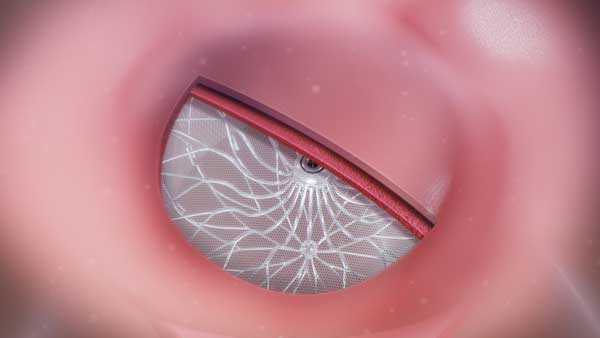
The final stage of healing is the formation of a complete endothelial layer over the surface of the device. This endothelial layer is comprised of mature endothelial cells that provide a functional barrier against additional blood flow in or out of the left atrial appendage; the optimal defense against DRT formation.
WATCHMAN FLX Pro healing process videos
Learn more about the 5 stages of healing and how a coated LAAC device with thromboresistant properties can favorably modulate the healing response.
Hear Dr. Aloke Finn, Chief Scientific Officer CVPath Institute, and Interventional Cardiologist at the University of Maryland explain the natural healing process that occurs after an LAAC implant.
References
1. Simard T et al. J AM Coll Cardiol. 2021;78:297-313.
2. Saliba W et al. JACC: Clinical Electrophysiology, May 2023.
